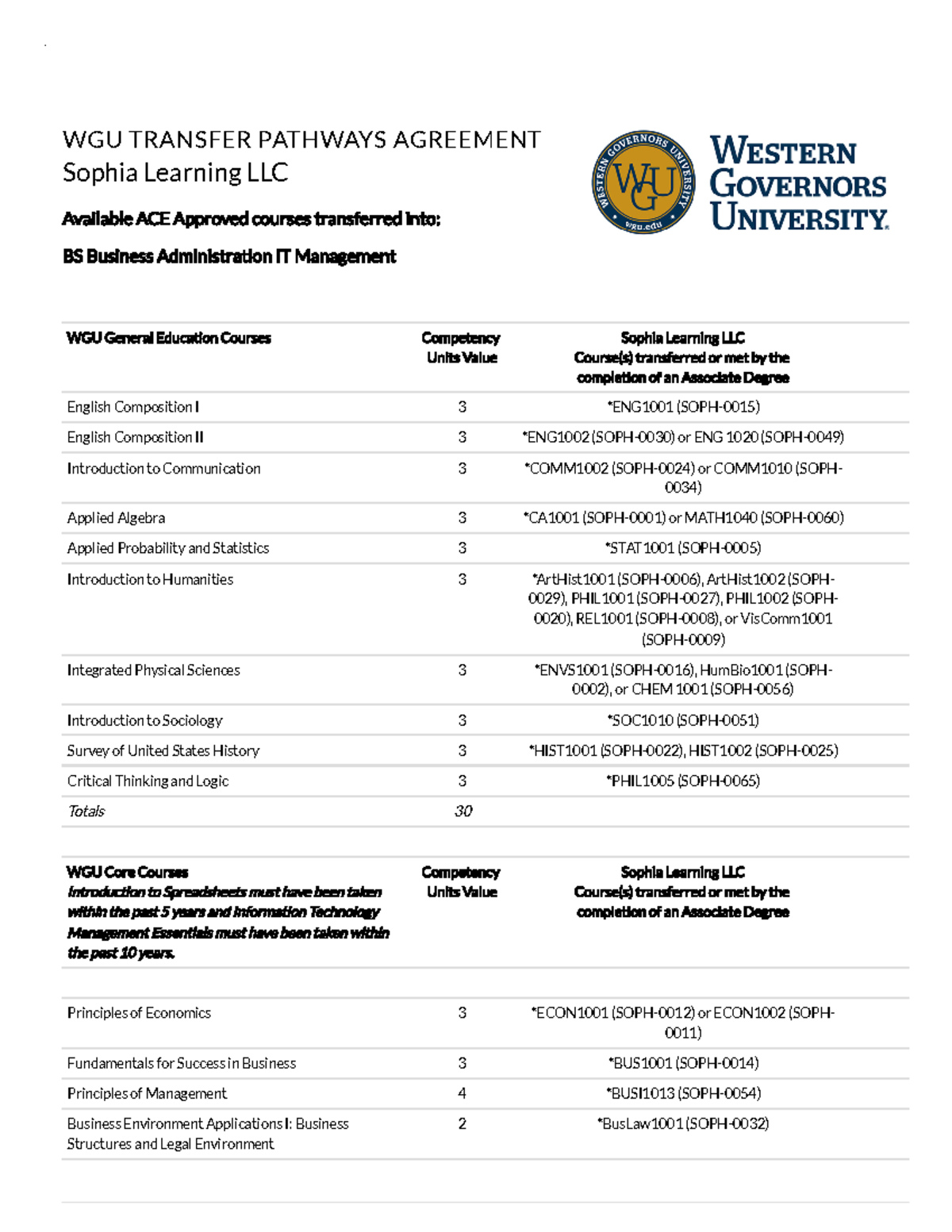Georgias Agriculture Struggling
The state of Georgia, renowned for its rich agricultural heritage, is currently facing significant challenges in its farming sector. The industry, which has long been a cornerstone of the state’s economy, is struggling to adapt to the impacts of climate change, soil erosion, and shifting market trends. As a result, many farmers are finding it increasingly difficult to maintain their livelihoods, prompting concerns about the long-term viability of Georgia’s agricultural landscape.
One of the primary factors contributing to the struggles of Georgia’s agriculture is the increasing frequency and severity of extreme weather events. Rising temperatures, droughts, and heavy rainfall events are all taking a toll on the state’s crops, with some farmers experiencing losses of up to 50% or more in recent years. For example, the 2018 drought resulted in an estimated $400 million in losses for the state’s agricultural sector, with cotton and peanut farmers being particularly hard hit. The unpredictability of these events makes it challenging for farmers to plan and prepare for the future, leading to a decline in the overall productivity and profitability of their operations.
Soil erosion is another significant issue affecting Georgia’s agriculture. The state’s soils are naturally prone to erosion due to their sandy composition and the region’s high rainfall rates. However, the problem has been exacerbated in recent years by the increased use of intensive farming practices, which can lead to soil degradation and decreased fertility. According to data from the United States Department of Agriculture (USDA), soil erosion costs Georgia’s farmers an estimated $100 million annually in lost productivity and soil replacement costs. This not only affects the agricultural sector but also has broader environmental implications, as eroded soils can lead to water pollution and decreased biodiversity.
The shifting market trends are also posing a challenge to Georgia’s agriculture. The state’s farmers have traditionally relied on a few key crops, such as cotton, peanuts, and tobacco, to generate revenue. However, changes in global market demand and the rise of international competitors have led to declining prices and reduced profitability for these crops. For instance, the price of cotton has fallen by over 50% in the past decade, making it difficult for farmers to break even, let alone turn a profit. This has forced many farmers to explore alternative crops and markets, which can be a costly and time-consuming process.
To address these challenges, the state of Georgia has implemented various initiatives aimed at supporting its agricultural sector. For example, the Georgia Department of Agriculture has launched programs to promote soil conservation and water efficiency, such as the creation of conservation buffers and the implementation of precision irrigation systems. Additionally, the state has invested in research and development to improve crop resilience and yields, as well as to identify new market opportunities for Georgia’s farmers.
In terms of policy, there are several strategies that could be employed to support Georgia’s agriculture. One approach would be to implement policies that promote sustainable agriculture practices, such as the use of cover crops, crop rotation, and integrated pest management. These practices can help to reduce soil erosion, improve soil health, and decrease the environmental impact of farming operations. Another strategy would be to provide financial support to farmers, such as subsidies or low-interest loans, to help them adapt to changing market conditions and invest in new technologies and practices.
According to Dr. John Bernard, a Professor of Agricultural Economics at the University of Georgia, "the key to supporting Georgia's agriculture is to promote sustainable practices and provide farmers with the resources they need to adapt to changing market conditions." He emphasizes the importance of investing in research and development to improve crop resilience and yields, as well as identifying new market opportunities for the state's farmers.
Despite these efforts, the future of Georgia’s agriculture remains uncertain. The challenges facing the sector are complex and multifaceted, requiring a comprehensive and coordinated response from policymakers, farmers, and other stakeholders. However, with the right support and resources, it is possible to revitalize the state’s agricultural industry and ensure its continued viability for generations to come.
What are the main challenges facing Georgia's agricultural sector?
+The main challenges facing Georgia's agricultural sector include climate change, soil erosion, and shifting market trends. These factors are resulting in decreased crop productivity, reduced profitability, and increased uncertainty for the state's farmers.
What initiatives has the state of Georgia implemented to support its agricultural sector?
+The state of Georgia has implemented various initiatives to support its agricultural sector, including programs to promote soil conservation and water efficiency, as well as research and development to improve crop resilience and yields.
What policies could be employed to support Georgia's agriculture?
+Policies that could be employed to support Georgia's agriculture include promoting sustainable agriculture practices, providing financial support to farmers, and investing in research and development to improve crop resilience and yields.
In conclusion, Georgia’s agriculture is facing significant challenges, including climate change, soil erosion, and shifting market trends. While the state has implemented various initiatives to support its agricultural sector, more needs to be done to address these challenges and ensure the long-term viability of the industry. By promoting sustainable agriculture practices, providing financial support to farmers, and investing in research and development, it is possible to revitalize Georgia’s agricultural industry and secure its continued viability for generations to come.
The future of Georgia’s agriculture depends on the ability of policymakers, farmers, and other stakeholders to work together to address the challenges facing the sector. By promoting sustainable practices, providing financial support, and investing in research and development, it is possible to ensure the continued viability of the state’s agricultural industry.



